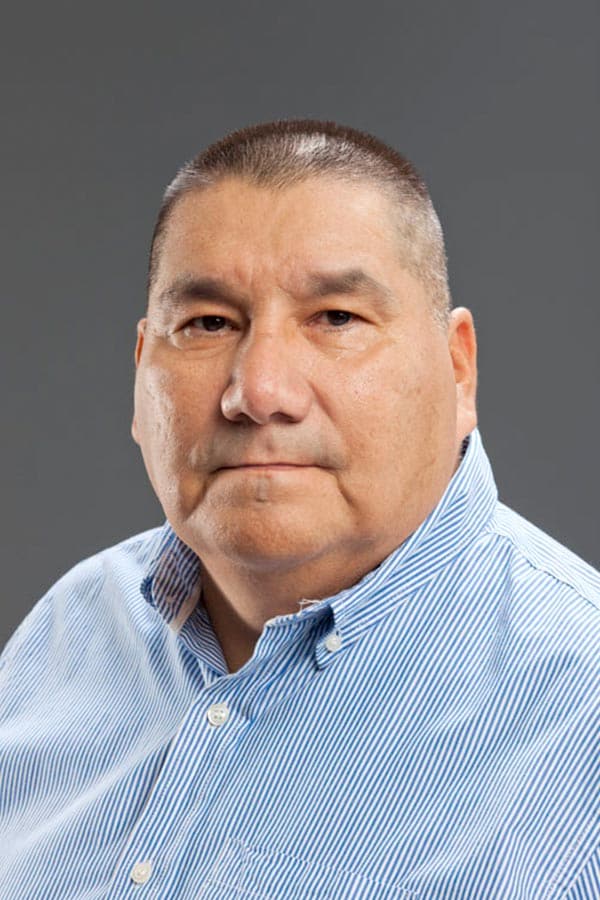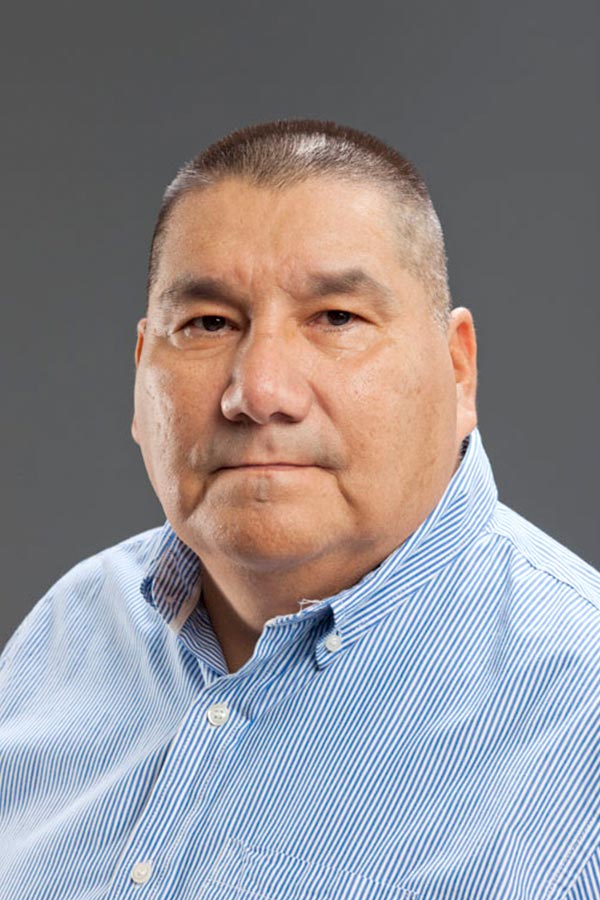American Indian and Alaska Native People
Cigarette smoking is more common among American Indian and Alaska Native (AI/AN) people than almost any other racial or ethnic group in the United States.*
- In 2020, more than 1 in 4 (27.1% ) American Indian/Alaska Native adults smokes cigarettes.*
Several factors connect commercial tobacco with higher levels of disease, disability, and death in different population groups. Learn more about health disparities related to commercial tobacco use that affect American Indian and Alaska Native people.
Smoking increases the chances of:
- Losing members from your tribal community to smoking-related illnesses
- Losing elders to smoking-related diseases or exposure to secondhand smoke before they can pass down tribal customs and traditions
If you are a member of an American Indian or Alaska Native community, you likely know someone with health problems from cigarette smoking—possibly a family member with a cough who struggles to breathe or a friend with lung cancer.
Smoking cigarettes while you are pregnant increases the risk for pregnancy complications. These health problems may be a special risk in AI/AN communities, where smoking during pregnancy is more common than among other ethnic groups.
If you smoke during pregnancy, you may give birth to a premature baby or a baby who weighs less than 5½ pounds. Sudden infant death syndrome (known as SIDS or crib death) is another danger for babies of moms who smoke during pregnancy.
Babies and children who are exposed to cigarette smoke can continue to have health problems. These health problems can include bronchitis, pneumonia, and ear infections. You can help protect future generations by keeping children away from cigarette smoke.
Learn what percent of people currently smokes cigarettes, both in the United States overall and among specific population groups.

Meet Tammy W. Tammy, age 51, lives in Michigan. She is a member of the Little Traverse Bay Bands of Odawa Indians tribe. She started smoking menthol cigarettes at age 21. Tammy ate healthy, exercised regularly, and ran marathons. But at age 44, Tammy learned she had severe heart disease and needed open-heart surgery.
Quit Smoking Medicines
There are 7 quit-smoking medicines approved by the FDA. Explore ways to get free or reduced cost quit-smoking medicines from your health insurance, health plan, or other sources.
- SmokefreeNATIVE: a culturally tailored text messaging program to help Native Americans 18 years of age and older quit smoking.
- Keep It Sacred – National Native Network
*Tobacco Product Use Among Adults – United States, 2020. Morbidity and Mortality Weekly Report 2022.




